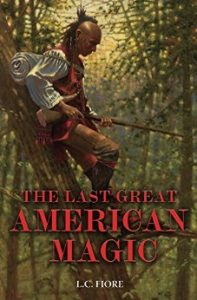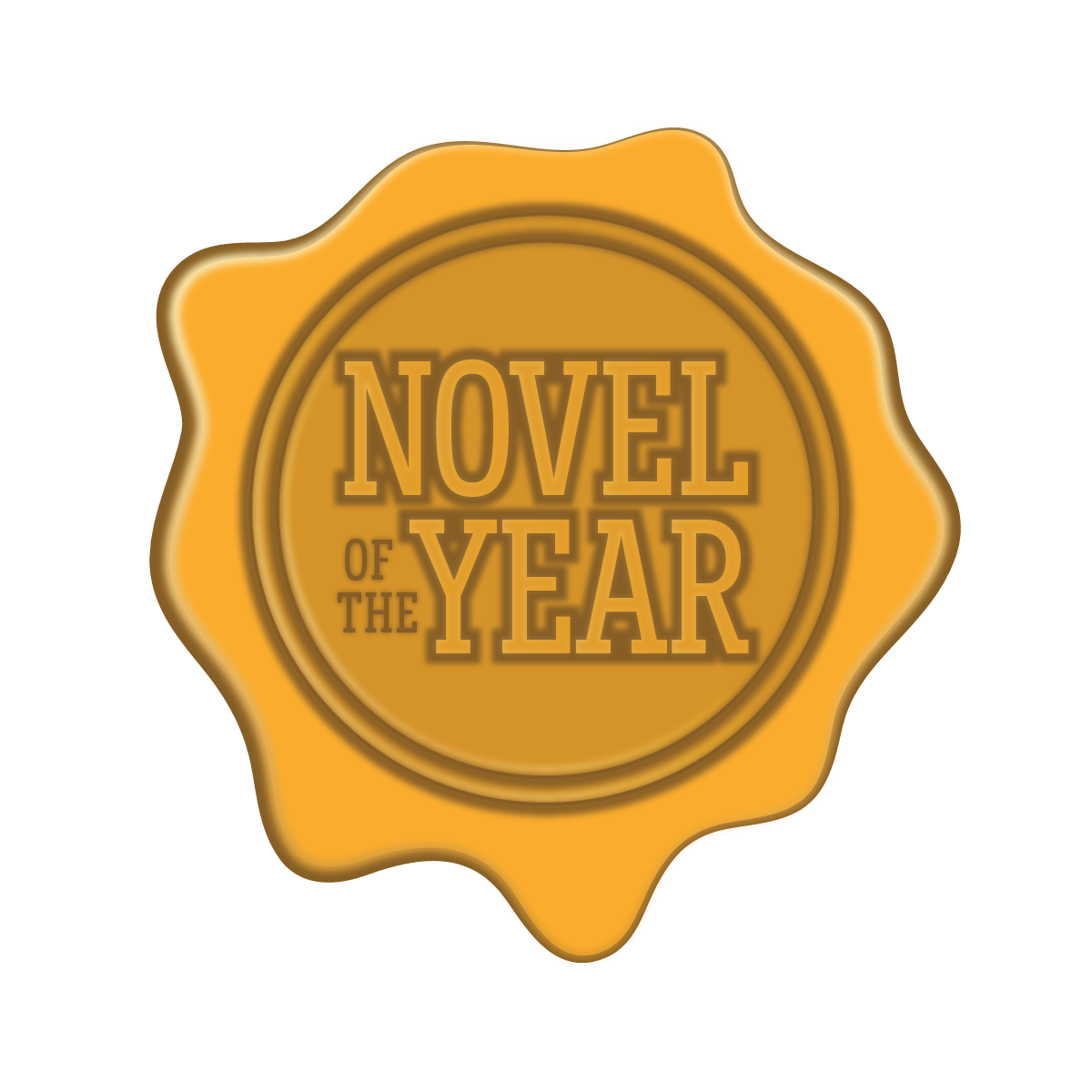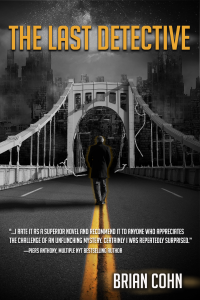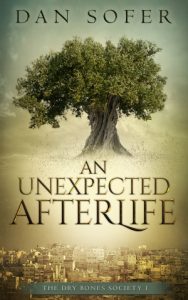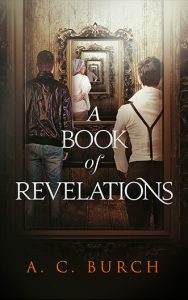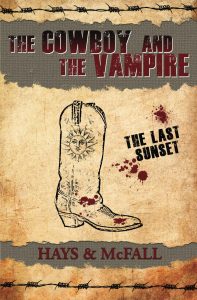The Rundown
The Recommendation
The Rating
The Links
The Reviewer
Renee Miller
Visit Renee Miller‘s website.I talk a lot about writing rules. I think they’re necessary and to learn how to write well, I believe writers should follow most of these rules. Most. You see, some writing rules aren’t right all of the time. This week, let’s talk about descriptive writing. Specifically, let’s address the use of adverbs and adjectives.
The general “rule” is to avoid purple prose or fluffy narrative, writers should avoid the use of adverbs and adjectives whenever possible. I say there ain’t nothing wrong with an adjective, guys. Even a well-placed adverb is all right now and then.
Descriptive writing doesn’t have to be fluffy or purple. It can be used to show the reader your story and characters. It can add depth, create mood, and help bring the reader into the world you’ve created. Where we often go wrong with descriptive writing is using these adverbs and adjectives to fluff up weak prose and/or bland characters. Weak prose that uses an adverb as a crutch is lazy writing, but don’t eliminate every single adverb because you think it’s a rule good writers follow. It’s not. Good writers take the time to figure out which word is the best for that passage, adverb or not. And don’t avoid description entirely because you think it disrupts the action. When done right, description can enhance the action.
There are ways to pull the reader in, show her your setting and the characters, without weakening the action or ruining the pace. And, in my opinion, sometimes allowing the reader to pause and take a breath is necessary and can improve the reading experience. The trick is to know when and how much description to use.
First, let’s talk about adverbs, because everyone seems to enjoy ripping these apart. (Actually, you can apply what I'm about to say to adjectives as well in most cases.) Before we go ignoring a rule, it’s always wise to make sure you understand why it’s a rule in the first place. So, let’s understand adverbs. They’re frowned upon because they distract from the action, as I mentioned, but also because there’s often a better verb with a more specific meaning you can use. In most situations, if you use a strong action verb, you won’t need an adverb at all, because your verb paints a clear picture on its own. For example, instead of saying the radio played loudly, you could simply write “the radio blared.” Instead of “She walked quickly,” you could say “She hurried.” See what I mean? Leave an adverb in your story only if there’s no simpler or better way of expressing what you’re trying to convey.
Another reason adverbs are a “no-no” is because when you use an adverb with strong verbs, you’re weakening your verb and cluttering your prose with unnecessary words. This slows the action and makes your narrative seem clunky and amateur. Strong verbs don’t require fluffing. For example, “slightly open” is usually redundant. A thing is either open or it’s not. “Grinned widely,” is also redundant, because “grin” describes a wide smile, so the “widely” part is already implied in your verb. The same is true of “whispered softly,” or “whispered quietly,’ because a whisper is assumed to be soft and/or quiet. A loud whisper, though, is something you might want to describe.
If you’re going to use an adverb, give it a specific job in the prose. If it’s sharing a job with another word, odds are you don’t need it. Take it out. Does the sentence lose any meaning? No? Leave it out. Yes? Try to find a stronger verb, and if you can’t, then your adverb is probably okay.
Basically, feel free to use adverbs as long as they add something to your story. If they’re simply there to make up for your writerly flaws, well there’s something wrong, and it’s not the adverbs. Write it again.
Now, let’s move on to descriptive writing in general. How much description is too much? Too little?
The answer isn’t simple. It depends on the story and your reader. Readers sometimes need some description to ground them. They need something to help them see what you see. However, this “something” shouldn’t call attention to itself. It should be brief and it should blend into the flow of the action.
Pausing to set the mood with a bit of description gives the reader time to reflect and digest whatever came before that pause. This can be good, particularly if your story speeds along at a breakneck pace, as long as you don’t pause too long. I try to limit descriptions like this to a paragraph at most. The rest of the setting and color/mood I try to sprinkle into action, dialogue and thoughts. Given in short bursts, and written actively rather than passively, descriptive writing adds depth to both your narrative and your characters, so don’t avoid it simply because you fear getting fluffy. Avoid it when it’s not needed.
When an adjective or an adverb is used because you feel they create a more vivid picture, ask yourself if there’s a single, specific word that would do the same. Often there is. If you think your descriptive writing makes the prose prettier, or makes you sound more intelligent, take it out. It doesn’t, and you don’t. Use adjectives only when they describe something your nouns can’t. Otherwise, you should follow the rule and leave them out. For example, “She slid down the steep, bumpy hill.” If she’s sliding downward, steep is kind of implied. “Bumpy” would be okay, because not all hills are bumpy and the reader won’t assume this. You can remove “steep,” though, and lose nothing from the sentence. You could leave it in, of course, because it’s not technically “wrong.” But if it adds nothing, why keep it?
Another example: “He stepped in a brown puddle.” Puddles, in most people’s minds are brown. Even if they’re not, we all know what a puddle is, and we can visualize it easily enough. The adjective isn’t needed unless there's something special about the puddle, like it's full of snakes or is glowing. Other adjective/noun combinations that are usually not necessary include quiet whisper, blowing wind (as blowing is what wind usually does), mysterious stranger, red blood (particularly if we’re talking human blood, which is generally red. If it’s green, well definitely mention that), and round ball/breast/circle/anything that is known to be round.
This is all fine an well, you might be thinking, but how are you supposed to know when it’s needed and when it’s not? My personal rule is when in doubt, cut it. It’s probably not taking anything away if you do. Just don’t be afraid to use an adverb or an adjective if they’re needed. They’re not all bad, and some readers like a little description. You know, to show them the world they’ve entered.


